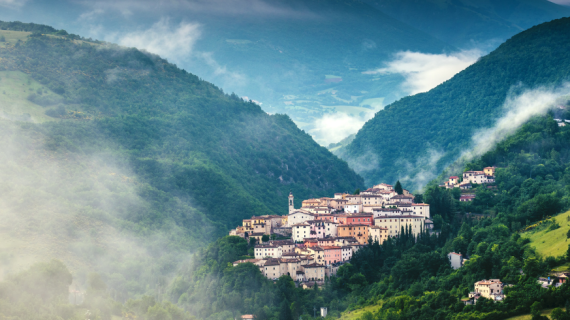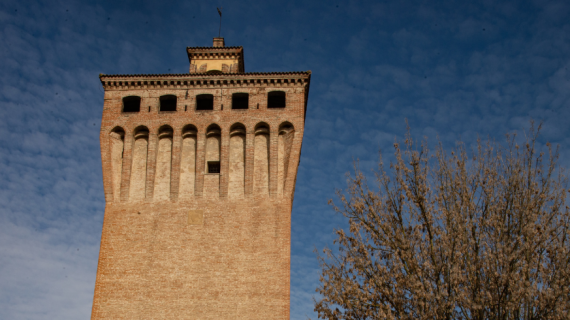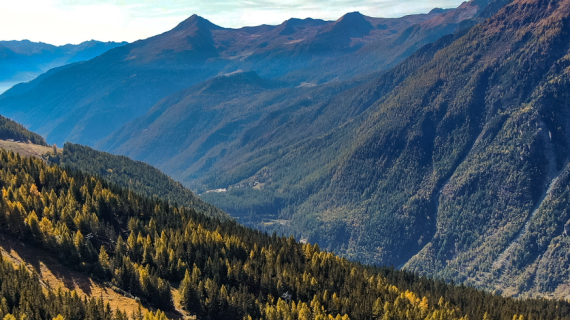Land of breathtaking cliffs, ancient mysteries, and untamed nature, Cornwall enchants with its haunting beauty and Celtic soul. Here, coastal paths plunge dramatically into the ocean, leading to villages that still preserve the legends of King Arthur and the Knights of the Round Table. Abandoned mines bear witness to an industrial past now recognized as a UNESCO World Heritage Site, while windswept, majestic landscapes invite a slow, authentic, and sustainable way of traveling. From wind-sculpted cliffs to ancient sites like Mên-an-Tol, Cornwall is a destination to be explored at a gentle pace, guided by the raw power of nature and the magic of enduring traditions.
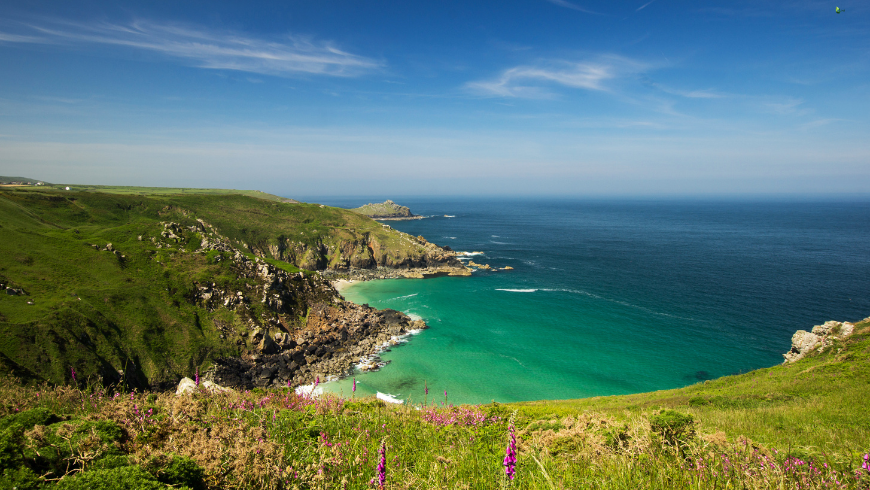
In this article, you’ll discover five compelling reasons why Cornwall is a must-visit destination in 2025. Especially if you’re passionate about eco-conscious travel.
1. Because Cornwall’s Wild Nature Will Take Your Breath Away
Cornwall boasts some of the UK’s most unspoiled and spectacular natural scenery. Its wind-sculpted coasts, rugged cliffs plunging into the Atlantic, mist-shrouded headlands, and golden beaches sheltered by dunes and heathland create a mosaic of breathtaking landscapes. The South West Coast Path, one of the most scenic hiking trails in the world, stretches over 1,000 kilometers along Cornwall’s coastline, offering dizzying views, hidden coves, and lonely lighthouses. Highlights include Land’s End, the westernmost point of England, and Lizard Point, where cliffs plunge into deep blue waters and the horizon feels endless.
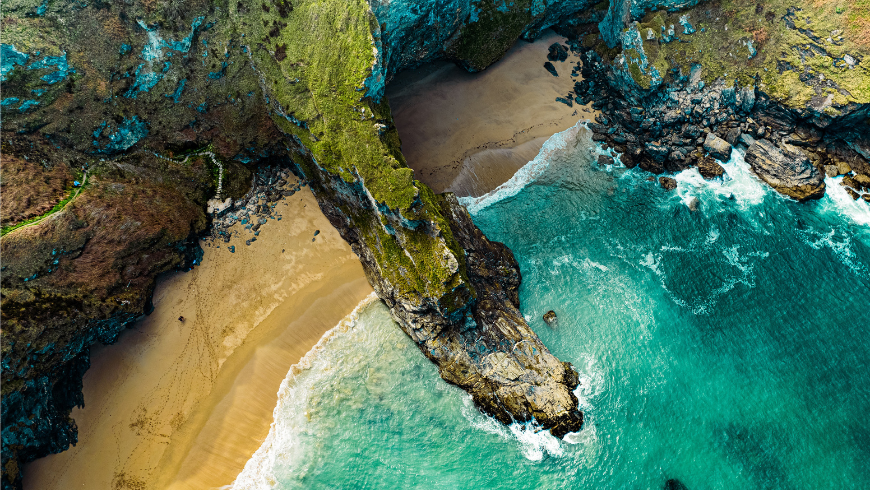
The region is dotted with parks and nature reserves, such as Penhale Sands Nature Reserve, known for its protected dunes and rich birdlife, and the Tamar Valley AONB (Area of Outstanding Natural Beauty), ideal for hikes immersed in authentic countryside. The Isles of Scilly, a subtropical archipelago around 45 km off the coast, are a biodiversity haven: here, you can spot grey seals, dolphins, and rare migratory birds, as well as explore the famous Tresco Abbey Gardens, home to exotic plants from around the world.
2. Because You Can Feel Its Celtic Soul
Cornwall proudly preserves its unique identity, shaped by ancient traditions, proud communities, and a vibrant culture still alive today. Its roots lie in Celtic history, still perceptible in the revived Cornish language and local festivals like the Golowan Festival in Penzance or the Obby Oss Festival in Padstow, where myth and ritual blend into heartfelt community celebrations.
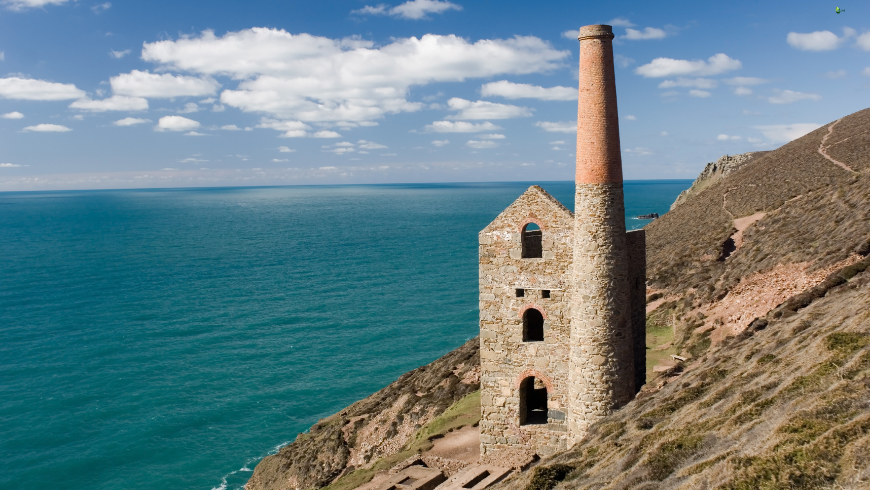
Alongside this deep heritage are two cultures that have defined life in Cornwall: the mining and maritime traditions. Cornwall’s tin and copper mines—now UNESCO World Heritage Sites—tell centuries of labor and human ingenuity. Visits to sites like Geevor Tin Mine, Levant Mine, or the dramatic Botallack Mine, clinging to the cliffs, provide a powerful glimpse into the lives of Cornwall’s working-class communities.
On the coast, the fishing culture still thrives: villages like Mousehole, Mevagissey, Port Isaac, and Cadgwith retain their maritime charm, with drying fishing nets, fish markets, and pubs echoing with seafaring tales. Local craftsmanship—ceramics, textiles, and slate work—remains a key part of the region’s living heritage.
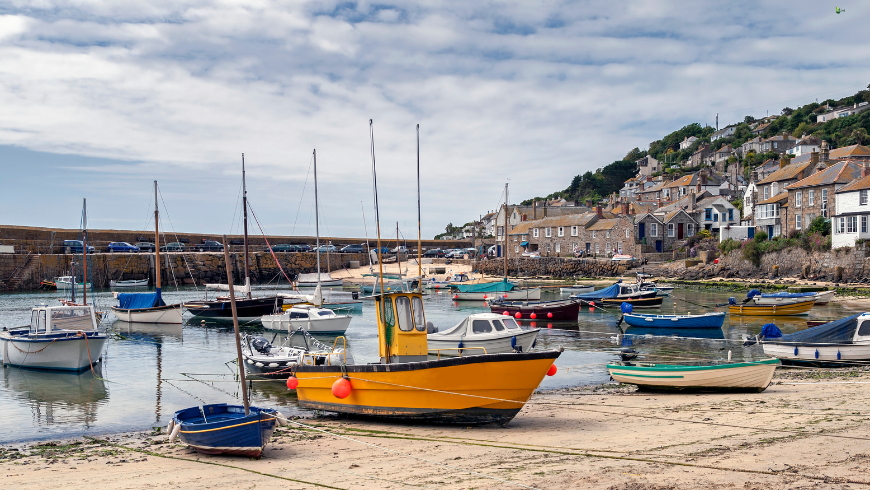
For deeper insight, museums like the Royal Cornwall Museum in Truro or the National Maritime Museum in Falmouth offer rich and engaging perspectives on Cornwall’s social and cultural history. Enhancing this heritage are Cornwall’s many castles, often perched on spectacular headlands or nestled in fairytale settings.
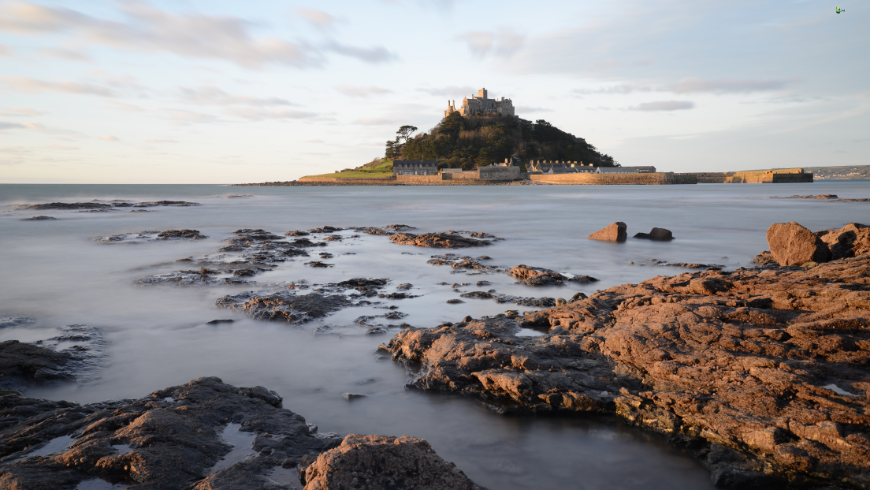
Highlights include St Michael’s Mount, a rocky tidal island crowned with a fortified monastery, accessible on foot at low tide or by boat at high tide. Also worth visiting are Tintagel Castle, steeped in the legend of King Arthur, and Pendennis Castle in Falmouth, built by Henry VIII to defend the coast.
3. Because It’s Shrouded in Mystery and Legend
Cornwall is a place where the line between myth and reality blurs, and every landscape seems to guard an ancient tale. It’s a land where Celtic legends and medieval lore blend seamlessly with nature, creating a unique, almost magical atmosphere. The most famous of these legends is that of King Arthur, believed to have been born at the dramatic Tintagel Castle, perched on Cornwall’s northern cliffs. Today, the archaeological site—with its medieval ruins and striking footbridge—attracts visitors captivated by Arthurian myth.
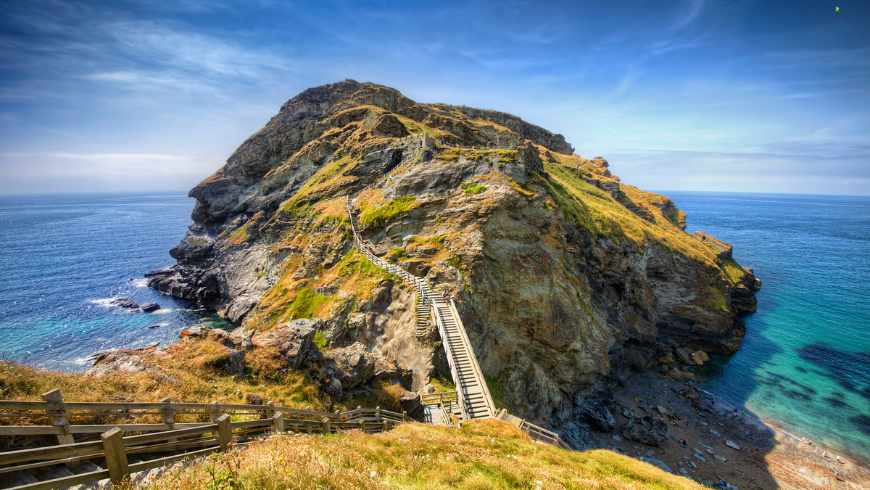
But Tintagel is just the beginning. Cornwall is scattered with mysterious sites: ancient stone circles like Mên-an-Tol or the Merry Maidens, dolmens and standing stones wrapped in stories of petrified witches or forbidden dances, as folklore recounts. The Penwith Moors, windswept and mist-covered, are the perfect backdrop for tales of fairies, spirits, and magical creatures.
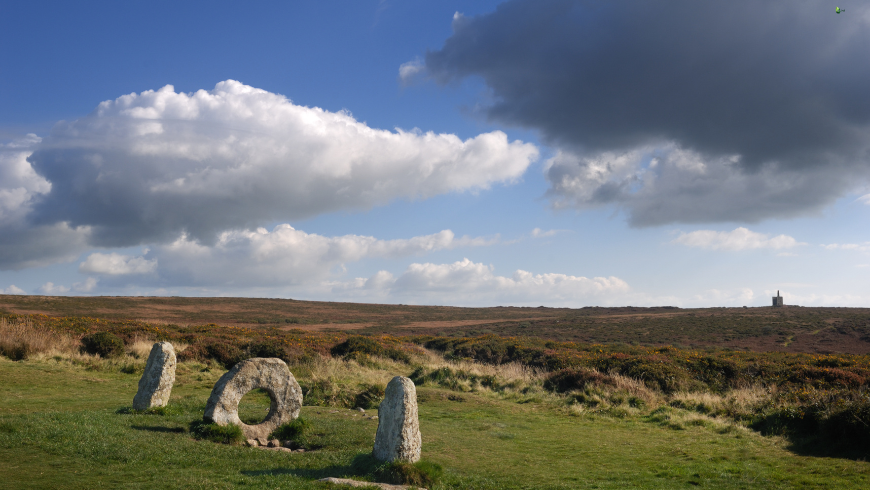
The seascape too inspires countless legends: from the mermaid of Zennor, said to have lured a young villager into the sea, to ocean-carved caves believed to house giants and sorcerers—like Merlin’s Cave beneath Tintagel Castle, tied to the legendary wizard. Oral traditions passed down over centuries still thrive in local stories, festivals, and even place names. In Cornwall, every path may lead to a mystery, every cliff may conceal an ancient tale. It’s a dreamland for lovers of mystery and timeless storytelling.
4. Because Cornwall Is a Haven for Surf and Sport
Cornwall is also a top destination for active travelers, especially surf enthusiasts. Thanks to its Atlantic-facing beaches, the region offers ideal conditions for both beginners and experienced surfers. The ultimate hotspot is Newquay, known as the UK’s surfing capital, home to countless surf schools, equipment rentals, and international events like the Boardmasters Festival, which combines sport, music, and culture. Fistral Beach is the most iconic surf spot, but Perranporth, Polzeath, and Gwithian also offer great waves.
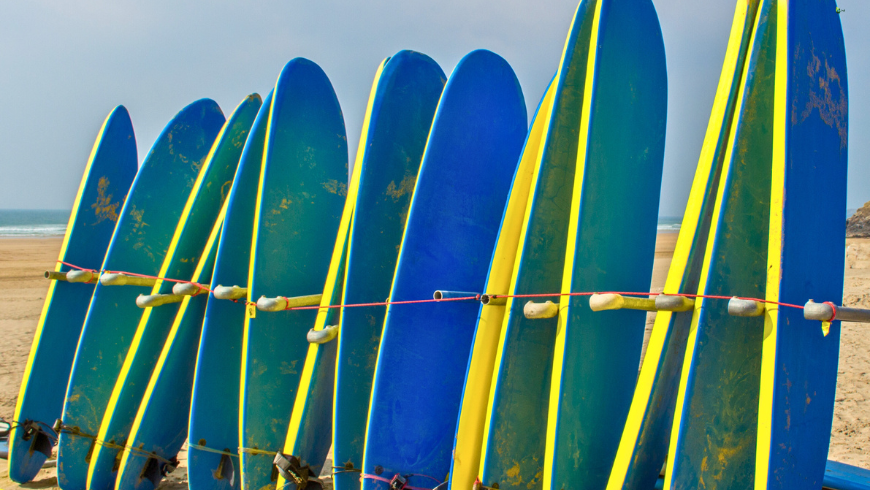
But surfing is just one of many outdoor experiences available. With over 480 km of the South West Coast Path, Cornwall is a paradise for hiking, trail running, and cycling. Water lovers can also try kayaking, sailing, and coasteering—an adventurous mix of swimming, climbing, and cliff diving that’s popular along the northern coastline.
From lively beaches to solitary cliffs, Cornwall is the perfect destination for combining the serenity of nature with the energy of sport, all with a strong commitment to environmental respect.
5. Because You Can Explore Cornwall Sustainably—Even Without a Car
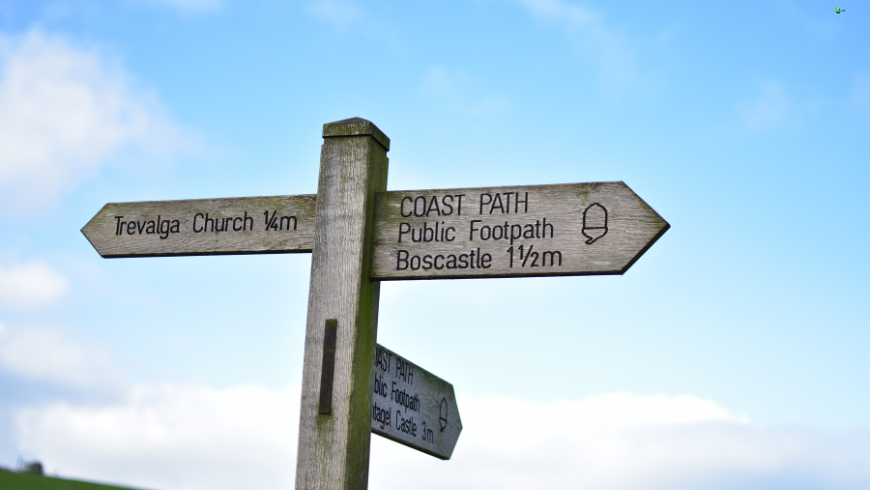
In Cornwall, you can enjoy all the magic of a road trip—without a car. Thanks to breathtaking coastal paths, scenic train routes, and a network of local buses connecting bays, cliffs, and charming villages, exploring the region is easy, sustainable, and incredibly rewarding. You can walk along the South West Coast Path, take the Land’s End Coaster for a stunning coastal tour, or hop aboard the St Ives Bay Line, which offers spectacular ocean views at every turn.
Choosing soft mobility means embracing a more conscious travel style—one made of meaningful encounters, slower rhythms, and local choices. In Cornwall, sustainability is reflected in all aspects of life, especially at the table. You can savor freshly caught fish, local speciality, artisan cheeses, and local products bought directly from markets or served in traditional country pubs. It’s a journey that honors the land and celebrates its roots—perfect for travelers who love to explore slowly.
Where to Stay in Cornwall: The Sustainable Elegance of Cornish Gems
If you want to experience Cornwall in an authentic, sustainable, and comfortable way, Cornish Gems is the perfect choice. This B Corp company offers a curated selection of holiday homes that reflect the essence of the region. They combine refined design, environmental care, and a strong connection to the local community.
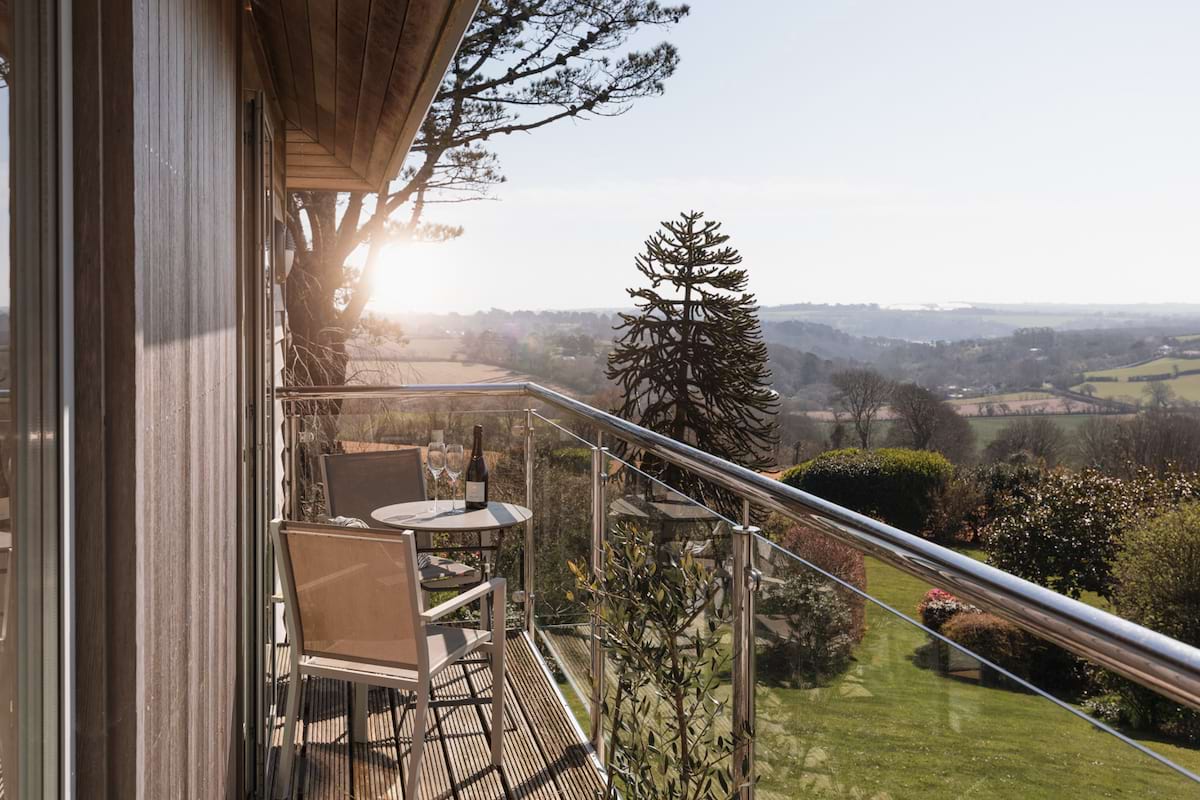
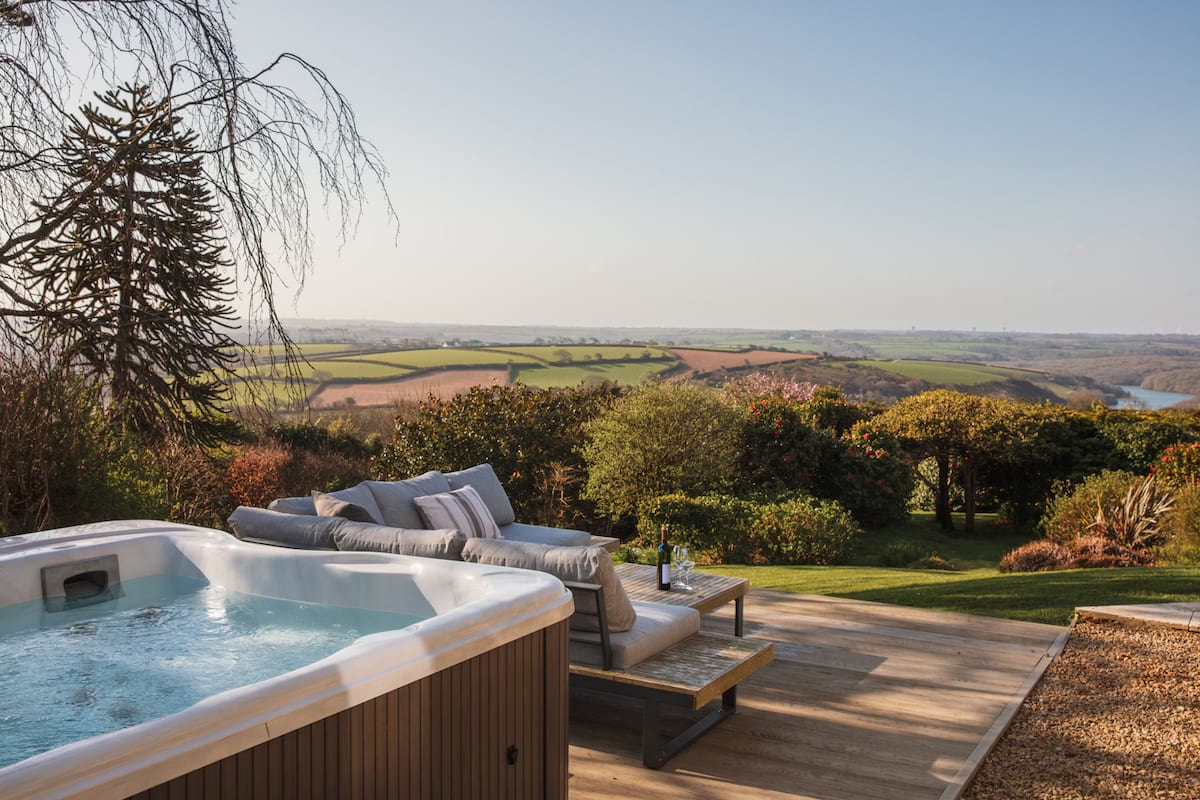
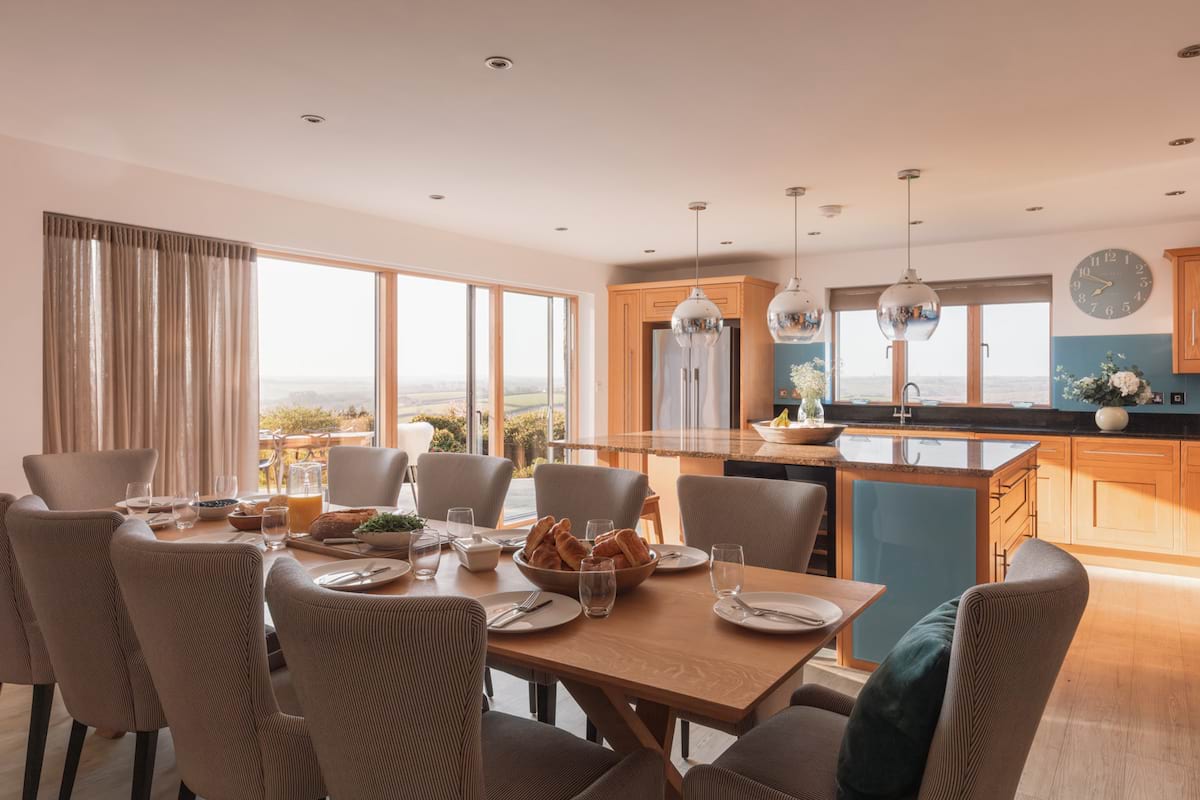
You’ll find 10 Cornish Gems properties listed on Ecobnb, located in the most stunning corners of Cornwall—from the wild northern coasts to picturesque southern villages, and the peaceful bays of the west. Each home is designed to offer a unique experience, in harmony with nature and local traditions.
Here are two standout gems:
- Cornish Gems Alta: Located near Falmouth, this elegant wooden house is set within 1.5 acres of gardens and woodland. It features four bedrooms in the main house plus an independent annex. You’ll also find a hot tub, sea-view terrace, and electric vehicle charging station. It’s ideal for relaxing and enjoying the surrounding nature.
- Cornish Gems Bosavallam: A secluded retreat for two, nestled in the peaceful countryside near St Ives. The space is bright and elegant, with a double bedroom, fully equipped kitchen, and private garden perfect for outdoor relaxation. It’s an ideal romantic escape, surrounded by golden beaches and scenic trails.



Choosing Cornish Gems means immersing yourself in the true essence of Cornwall—experiencing a stay that combines comfort, sustainability, and authenticity.
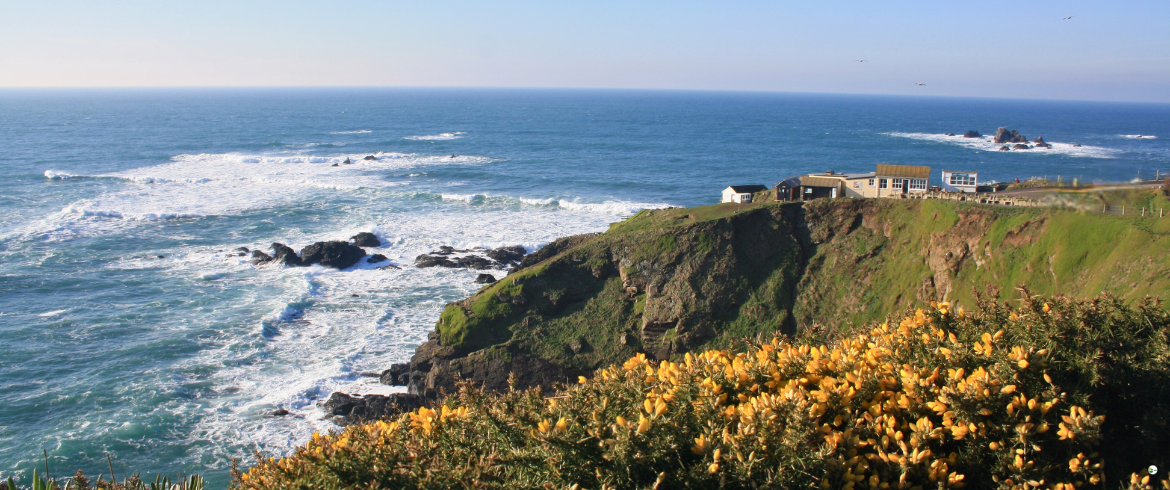
 Cornish Gems Alta – Green Holiday Home in Falmouth, Cornwall, England, GB
Cornish Gems Alta – Green Holiday Home in Falmouth, Cornwall, England, GB  Cornish Gems Bosavallam – Green Holiday Home in Saint Kew Highway, Cornwall, England, GB
Cornish Gems Bosavallam – Green Holiday Home in Saint Kew Highway, Cornwall, England, GB 
